Strategic direction from potential land
After the merger, the new Dong Nai province has more than 728,000 hectares of agricultural land, combined with 448,000 hectares of cultivated land of the old Binh Phuoc province, forming a large-scale raw material area with clear strengths in cultivation, livestock and aquaculture. Dong Nai is known as the "livestock capital" of the country, while Binh Phuoc is a bright spot in industrial crops with cashew and rubber areas among the top in our country.
Identifying the development of organic agriculture as one of the four breakthrough tasks of the 2020 - 2025 term, Dong Nai has been showing strong determination to implement it and reaping many successes. With the priority orientation of developing green, circular, organic and high-tech agriculture, Dong Nai is gradually perfecting incentive policies for investors in areas such as support for organic certification; support for production materials, new farming techniques; incentives for land and infrastructure in concentrated production areas; support for traceability and promotion of agricultural products. Dong Nai Department of Agriculture and Environment said that the advantage of traditional agriculture combined with developed processing infrastructure has created conditions for the province to expand regional linkages, especially in areas such as organic cashew, pepper and fruit chains.
Currently, Dong Nai has many areas certified as internationally organic, such as 2.5 hectares of pepper at Lam San Agricultural Cooperative and 3.3 hectares of durian in Xuan Que Commune. In addition, the province is also expanding large-scale models: nearly 18 hectares of organic pepper in Song Ray Commune, 100% of households apply indigenous microbiological technology (IMO), of which some households have met European organic standards.
.jpg)
Many typical models
Mr. Nguyen Thanh Phuoc (Dau Giay commune) has held many positions such as Director of Thong Nhat Cocoa Cooperative, Head of Loc Thinh Jackfruit Cooperative with an organic jackfruit growing model, and currently he is developing an organic mangosteen growing model. After many years of working with the garden and changing through many production models, Mr. Phuoc still maintains the view that clean, organic agricultural production is necessary.
According to Mr. Phuoc, converting to organic production simply means that farmers are conscious of prioritizing the use of organic fertilizers. In particular, farmers can take advantage of existing waste and by-product sources in the locality as fertilizer for crops to gradually reduce the use of chemical fertilizers. In pest control, farmers prioritize the use of biological drugs, biological preparations or manual methods to prevent pests and diseases for crops, to ensure the safety of agricultural products.
The idea of organic agricultural production is increasingly spreading, forming many typical models. Typical examples are the 0.9ha organic grapefruit garden of Mr. Nguyen Van Tuan (Dau Giay commune) or the Doc Mo Farm Cooperative model (Gia Kiem commune) run by Mr. Hoang Cong Phuoc. The cooperative combines organic agricultural production with eco-tourism, aiming to build an agricultural model associated with social values.
Starting from 2 hectares of natural production without using chemicals, Doc Mo Farm Cooperative has now expanded to dozens of hectares following the garden - pond - barn model, contributing to creating a green space and a livable environment. The farm grows a variety of vegetables, medicinal herbs, and fruit trees, meeting the clean food needs of consumers. In parallel with production, the Cooperative also invested in a factory to process agricultural products from clean, on-site raw materials, which has been positively received by the market.
However, the biggest "bottleneck" of organic agriculture is small-scale production, which is difficult to meet strict standards, and products lack brands and are often sold at low prices. To overcome this problem, Dong Nai has pioneered in calling on businesses to invest in chain linkages. A typical example is cooperation with Que Lam Group, implementing a production model according to the "5 no" standard (no herbicides, no chemical pesticides, no growth stimulants, no preservatives, no toxic residues). Accordingly, businesses support 50% of the cost of organic fertilizers, technology transfer, process instructions and product output consumption. Thanks to that, farmers can rest assured in production and focus on improving quality. The model has been successfully applied to many key crops such as grapefruit, durian, and mangosteen. According to Mr. Nguyen Duy Cuong, Director of Lac Son Rambutan and Durian Cooperative (Gia Kiem commune), the cooperation with Que Lam has opened up a sustainable direction for more than 120 hectares of durian of the cooperative.
Reality in Dong Nai shows that investing in organic agriculture development and large-scale safe agricultural production requires the resonance of the entire ecosystem, including farmers changing their mindset and directly producing; businesses being the core of investing in technology, capital, and markets; and the government creating policies and acting as a bridge. The "three-house" linkage model (Farmers - State - Enterprises) has proven effective, not only overcoming fragmented production but also elevating the Dong Nai agricultural product brand based on quality and reputation.
The Department of Agriculture and Environment of Dong Nai province affirmed that the agricultural sector will continue to prioritize the replication of pilot models for dissemination, while building a core, high-quality team for the province's organic agriculture sector. From there, building a crop and livestock production system that reduces emissions, aiming to realize sustainable agriculture, adapting to climate change.
Source: https://daibieunhandan.vn/dong-nai-phat-trien-nong-lam-thuy-san-xay-dung-nganh-nong-nghiep-ben-vung-thich-ung-bien-doi-khi-hau-10388309.html




![[Photo] Closing of the 13th Conference of the 13th Party Central Committee](https://vphoto.vietnam.vn/thumb/1200x675/vietnam/resource/IMAGE/2025/10/08/1759893763535_ndo_br_a3-bnd-2504-jpg.webp)



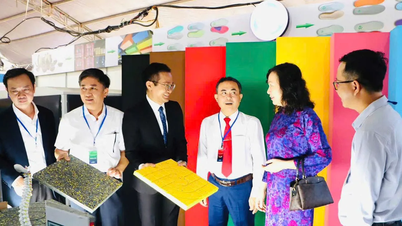

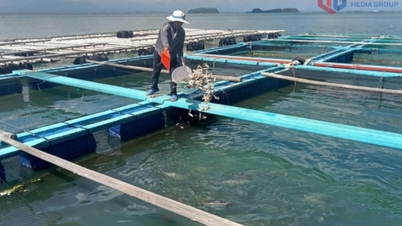


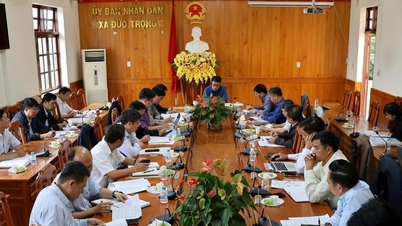

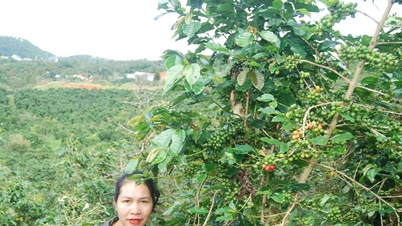






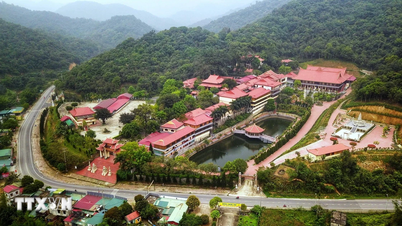









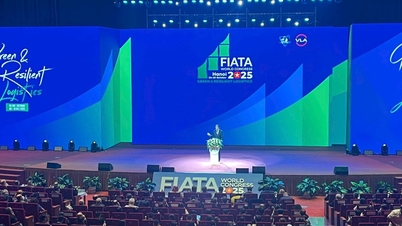
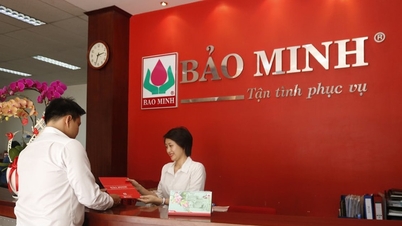
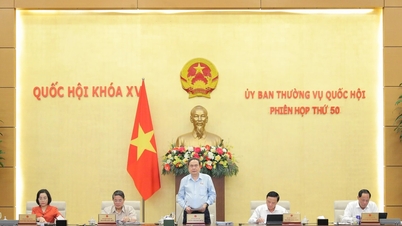
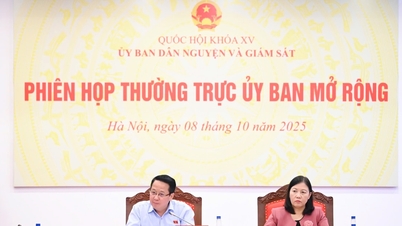




































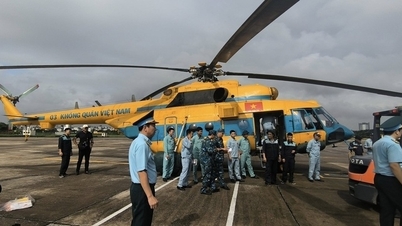









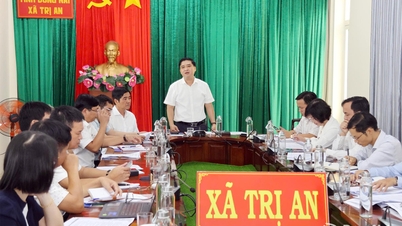
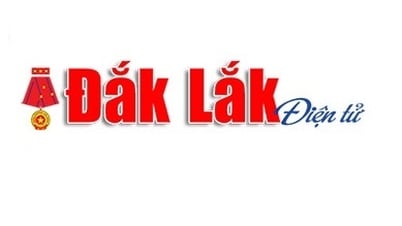

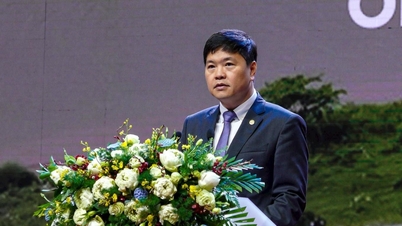















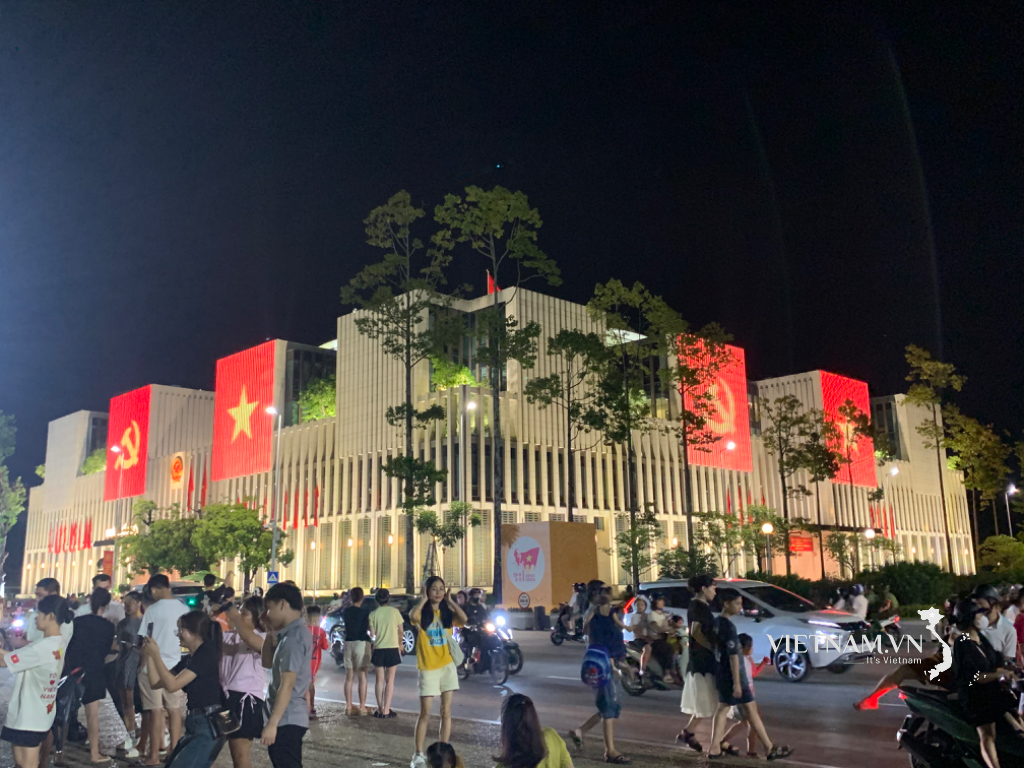


Comment (0)